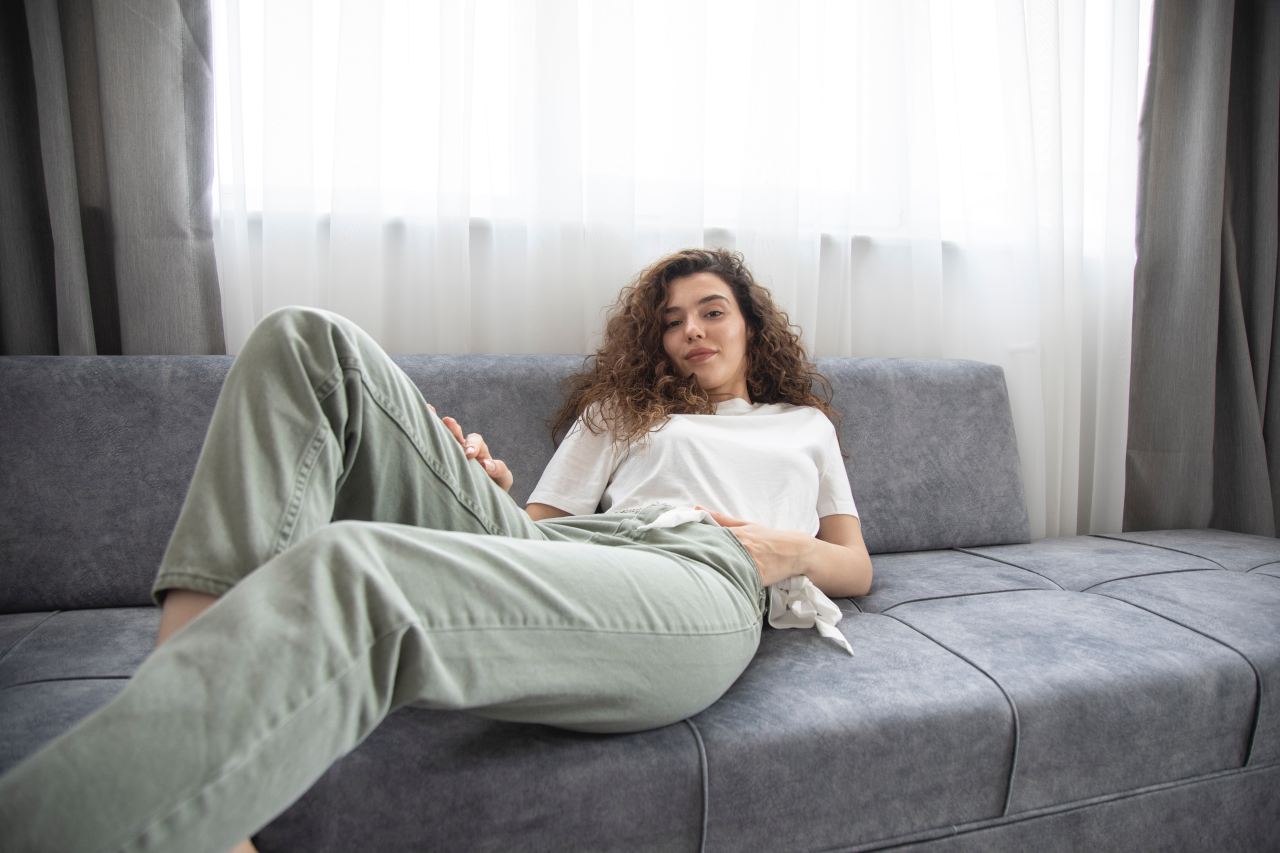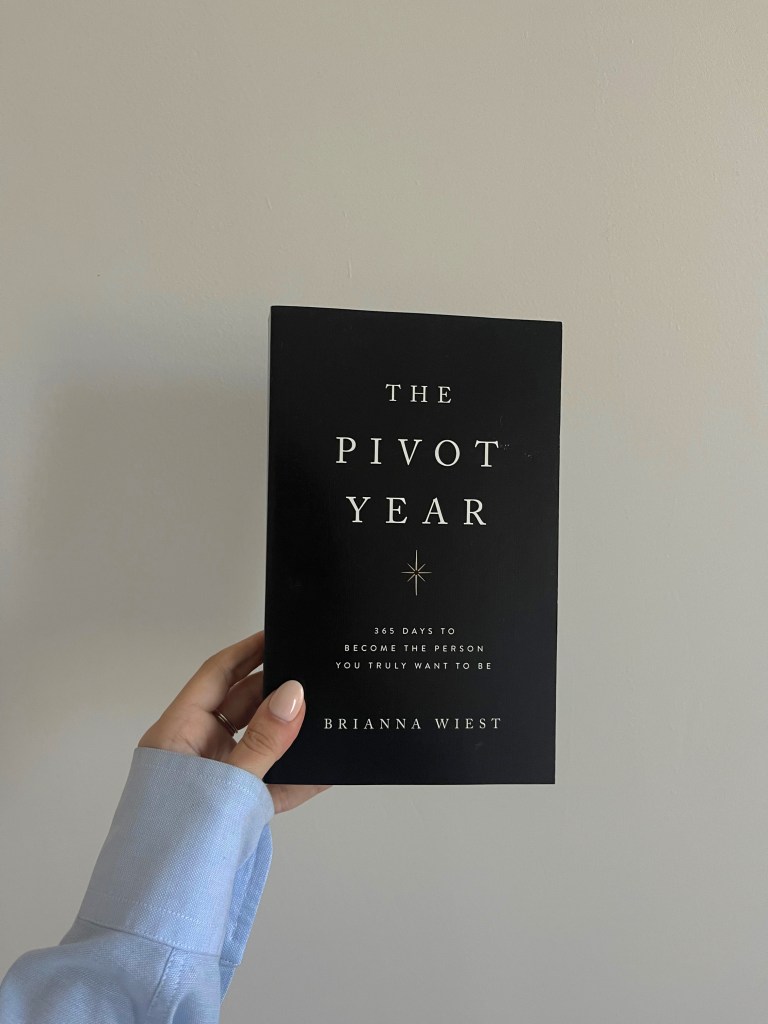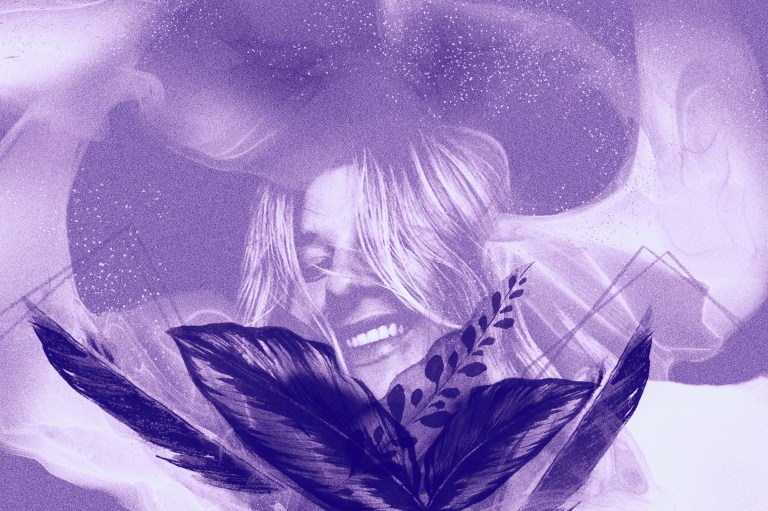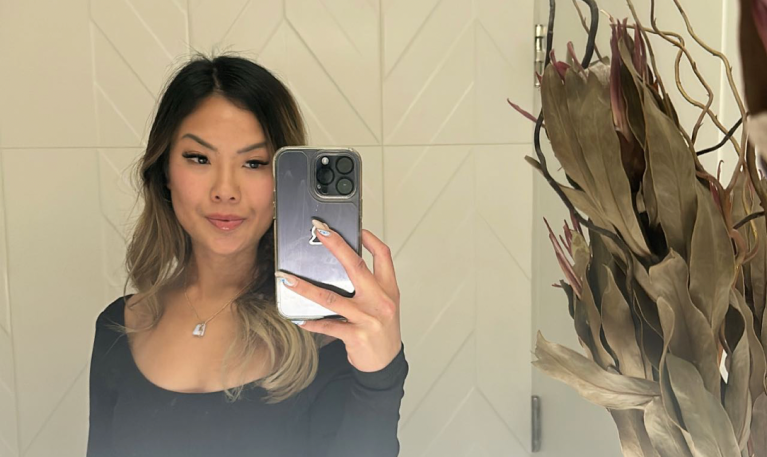How Chronic Pain Changed My Life For The Better
No growth story is linear. Mine definitely is not. It is a story that I want to share in the hope that others with chronic pain can accept their bodies and their minds, can implement self-care and learn love for themselves and others.

“If we all threw our problems in a pile and saw everyone else’s, we’d grab ours back.”― Regina Brett
“Maybe you pulled a muscle while you were swimming. Kids can get rough in the pool,” my new therapist said to me as I nervously finger-combed a stray curl that fell out of my unruly ponytail. She went on about how normal day-to-day tasks (like swimming in middle school gym class) and responsibilities (like studying for my math test) can cause mental discomfort that transforms itself into physical pain. My nervous finger-combing turned into more of a frustrated yanking as I thought about how a 13-year-old shouldn’t have mental pain, let alone physical pain. A 13-year-old’s biggest worry should be whether or not everyone can see her training bra underneath her new t-shirt.
This therapist meant well. She was an older woman who had multiple framed degrees on her wall, a picture of a Maltese behind her, and comforting eyes. But my yearning to run the other way came from the fact that she was a last resort. For the 5 years prior, my parents and I had been on an endless journey, from doctors to hospitals to occupational therapists, to physical therapists and even yoga teachers and pilates instructors. We ran in circles trying to understand one thing: why an otherwise healthy child was suffering from uncontrollable and unbearable back pain.
My parents tell me that my spinal mystery began before I knew what a spine even was. They tell stories of me sitting in my carseat in the back of our dark green minivan, crying and screaming that my legs were numb and in pain. The car continued to be the scene of the beginnings of this journey as my first memory of pain takes place when I was 9 years old, in the backseat of my mom’s white Chrysler. My family and I were on my way to my Aunt’s house (about a 20-minute drive) when I felt as though someone was stabbing my leg from all different directions. It was the kind of pain that stops you dead in your tracks—like when you are dreaming and you can’t move or scream or cry—in shock and frozen. After a brief moment of terror, I cried out for my dad to pull over into a strip mall parking lot. He quickly unbuckled my seat belt and tried to massage my leg up and down while I threw my head back in pain. Pain and fear. Fear that there was something very, very wrong.
The exact timeline of events that follows is fuzzy, but it included everything from routine Pediatrician’s visits, to ER visits when the pain wasn’t bearable, to physical therapy, occupational therapy, Neurologists, MRIs, CT scans, bone scans, brain scans, x-rays, Chiropractic treatment, yoga, pilates, core-strengthening workshops, and dietary experiments. After years of not being able to pinpoint something, anything, that was causing such a nightmare, my parents had received advice from multiple medical professionals that the answer may be talk therapy. I took this in two different ways. The first was that my doctors, medical teams and specialists believed I could be making the pain up for attention. The second was that the pain was real, but the source of the pain was in my head, rather than a physical abnormality. My parents and I, willing to try anything, decided that therapy may be the best next step.
So that’s where I initially ended up. Sitting on a worn out couch, trying to yank my curls out of my head, holding back tears as a woman, who again, meant well tried to break apart my pain and trauma and attribute it to “day-to-day responsibilities”. I went back to her one time after that first encounter. It was too difficult to be told one thing but feel another. It would be another two years before my parents and I had any sort of answer for my pain, another seven years before emergency spinal surgery, and a long 13 years before I came to the realization that my spinal injuries are part of what makes me who I am.
Fast forward about six years from the worn out couch in the therapist’s office. I vividly remember my summer between sophomore and junior year of college. This was when my pain was at its absolute peak. I had just moved into a new house in Ann Arbor, Michigan for the summer while I took a full class load, trying to graduate with a dual degree. This summer was full of cortisone shots in my spine, physical therapy, doctor visits, and crying to my new roommates about my inability to walk to class, stand in the shower for more than a few minutes at a time, and my weight gain due to steroid medications. However, what I realized while (very slowly and painfully) walking to class one day was that no one could see my pain. Not one soul. My bright smile, bouncy curls, and new sundress masked any sort of reality of my own, hidden behind a facade of happiness. Add to that my upbeat Instagram posts, my good grades, and my usually uncontrollable laughter, and I would say that I was doing a very good job of hiding my reality, whether that hiding was intentional or not.
It was precisely in that moment my mindset began to shift. This shift would continue to take place over the next couple of years, but I started my journey from victim to healer. From victimizing myself to using my injuries to help myself become the most compassionate and loving human I could be. This didn’t mean I would never feel bad for myself ever again (I still sulk while eating ice cream, wondering why I need someone to help me get dressed on my most painful days), but I would from then on work to understand that every single human is fighting a battle we cannot see. Between social media, our society’s culture of burnout and “grind”, and the need to filter everything we do and are (both literally and metaphorically), it is no wonder why bringing our entire selves to work, play, and everything in between is not accepted. This leads to us being unable to find commonality in struggle and pain, leaving those things below the surface.
A couple of months later, I finally received emergency spinal surgery, after I was told that my ability to walk would be compromised should we wait any longer. The surgery helped, but even six years later, the pain still exists. And I know that it always will in some capacity. However, I have an incredible support system made up of friends and family who have been with me on the entire journey and other friends who have joined along the way and have accepted me for all parts of me, spine included. While they may never be able to truly empathize with the pain, they see me. And this is what we can ask of each other. To see each other, to hear each other, and to love each other for all of the realities and stories we cannot see. I want to be a person who will work to show compassion to my friends, my family, strangers, and of course, myself. Whether the pain is mental, physical, spiritual, financial, social, or something else entirely, I will work to use compassion and love to be a “cure” for things that sometimes are just not curable.
No growth story is linear. Mine definitely is not. It is a story that I want to share in the hope that others with chronic pain can accept their bodies and their minds, can implement self-care and learn love for themselves and others. Chronic physical pain in children, teens, and young adults was always something I thought was rare. However, by showing compassion for each other, I hope that others will share their story, and we can find strength through one another. Chronic pain is what gave me strength for myself and compassion for others. It is the foundation of my ability to persevere and to work through ambiguity and challenges. And above all else, it allows me to love others and their hidden stories fiercely, fully, and unconditionally.




